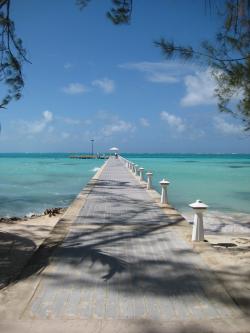jks
About
- Username
- jks
- Joined
- Visits
- 36,739
- Last Active
- Roles
- Member, Administrator, Moderator
- Points
- 670
Reactions
-
Channel Button
Jump up/down to next label (including filtered labels): any "alternate-click" on the page up/down buttons (circled "<", ">" icons). An alternate-click is holding the keys shift, alt (aka option) or control and clicking on the button. Or a middle or right-button mouse click on the button (i.e. not the usual left-button click). Or a trackpad right-button click equivalent. Some of these may not work depending on browser interaction.
Keyboard shortcut is ctrl-shift arrow keys or ctrl-shift-j and -i (see keyboard shortcut help menu, '?' or 'h'). -
update problem [Debian filesystem was full. Huge log files, reason unknown]
I don't know why or where all the log messages were from. Maybe it won't happen again.
Use ssh/PuTTY to login to the Beagle. "df ." command will tell you if your filesystem is full. "cd /var/log" then "du". End of printout from du will be the largest files. I did a "rm syslog daemon.log" because they were huge. But that isn't enough. You have to "reboot" afterwards or else the space will not be freed. -
update problem [Debian filesystem was full. Huge log files, reason unknown]
It's because I just removed (remotely from the beautiful island of Rarotonga whilst on holiday) 1.8GB of junk from your Kiwi's log files. Your Kiwi's filesystem was full so the update could not proceed. I have no idea why it was in this condition. I started to look at the log file. When I saw the word "Microsoft" I stopped reading. -
update problem [Debian filesystem was full. Huge log files, reason unknown]
It's because I just removed (remotely from the beautiful island of Rarotonga whilst on holiday) 1.8GB of junk from your Kiwi's log files. Your Kiwi's filesystem was full so the update could not proceed. I have no idea why it was in this condition. I started to look at the log file. When I saw the word "Microsoft" I stopped reading. -
Problems updating dx.json



